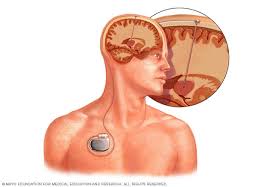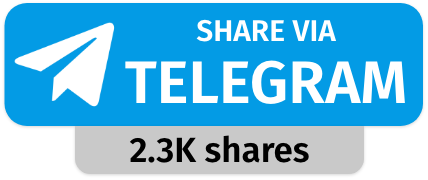Deep-Brain Stimulation:

More than 1.6 lakh people worldwide have received Deep-Brain stimulation (DBS).
- It is a medical technique where doctors implant electrodes deep inside specific areas of the brain to treat certain disorders.
- These electrodes are connected by wires to a small device, similar to a heart’s pacemaker, which is usually placed under the skin in the upper chest.
- The device sends controlled, mild electrical impulses to targeted brain regions, helping adjust abnormal brain activity or chemical imbalances.
- DBS is most commonly used for movement disorders, especially in people with Parkinson’s disease, essential tremor, and dystonia, whose symptoms no longer respond well to medication.
- It has also been approved for some psychiatric conditions like obsessive-compulsive disorder, and is being studied for severe depression and epilepsy.
- DBS works by modifying how groups of neurons talk to each other. Many of these disorders involve faulty electrical signals in the brain.
- Delivering electrical pulses through DBS can interrupt these erratic signals, helping reduce symptoms such as tremors or muscle stiffness.
- One advantage of DBS is that, unlike brain surgery that destroys tissue, its effects are reversible: if you turn off the device, the stimulation stops.
- It is believed to help normalise disrupted brain circuits at both the cellular and network levels.




